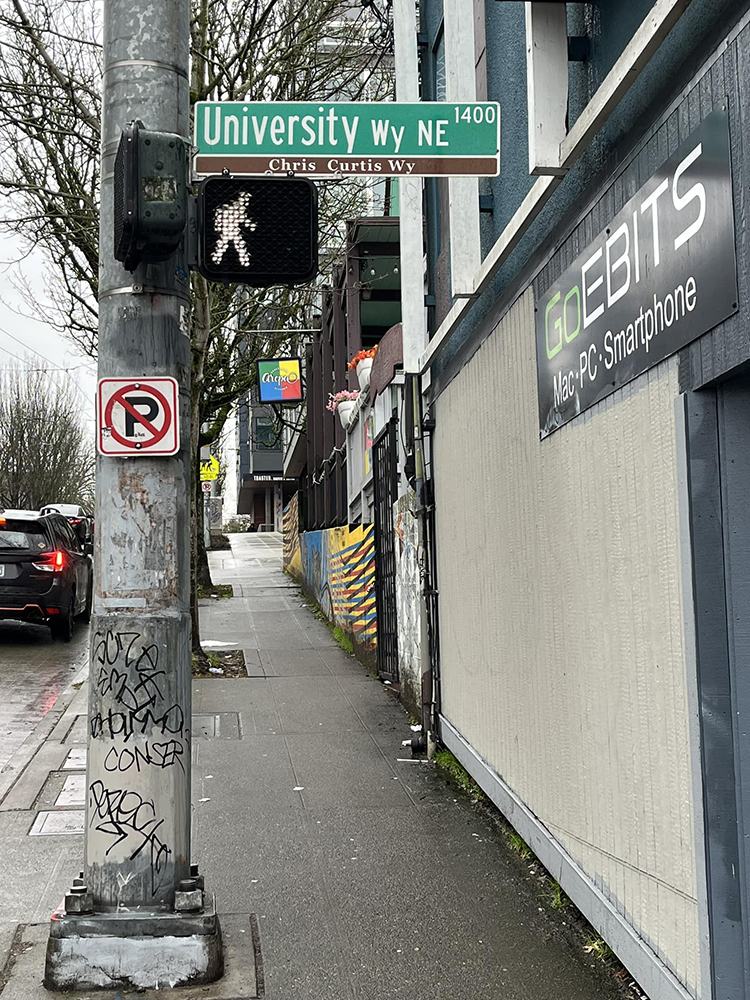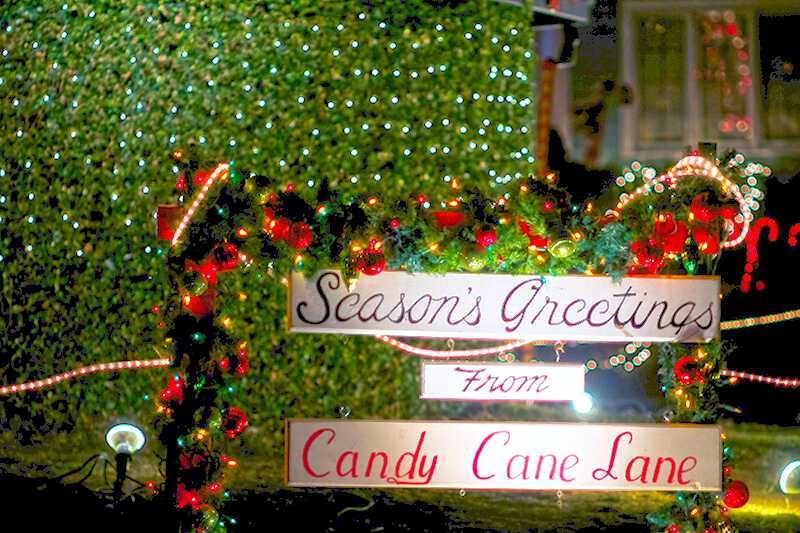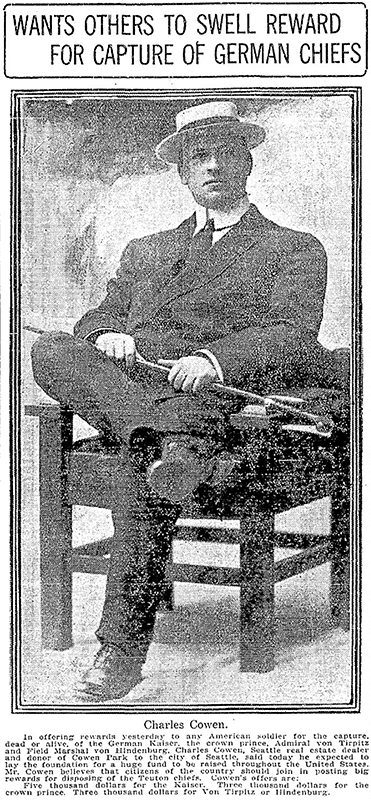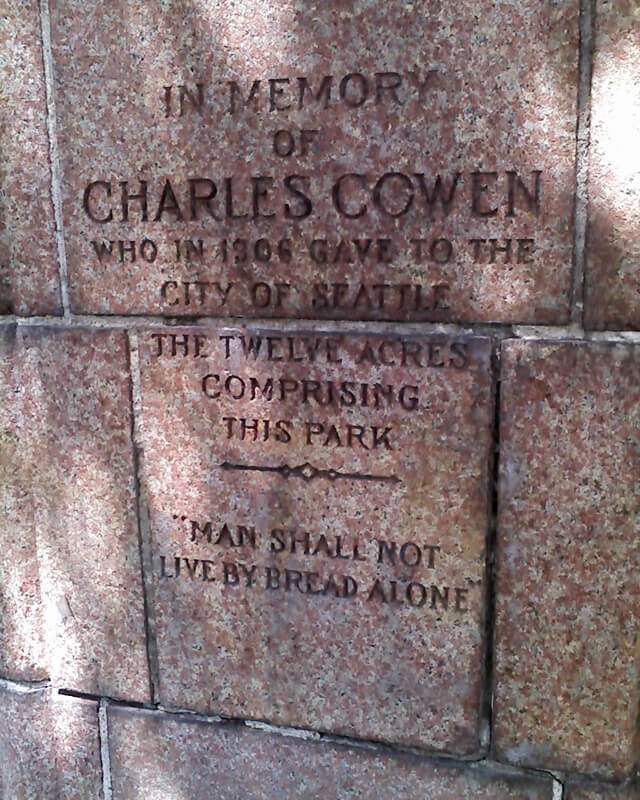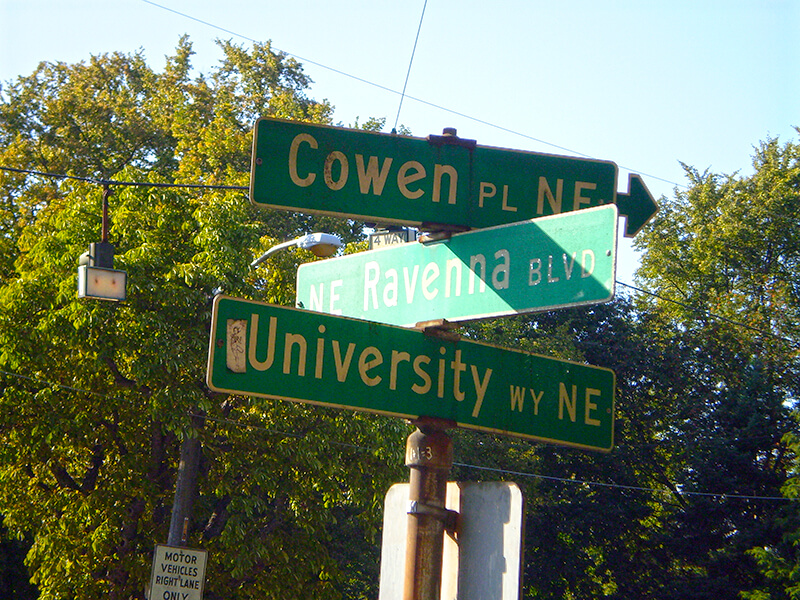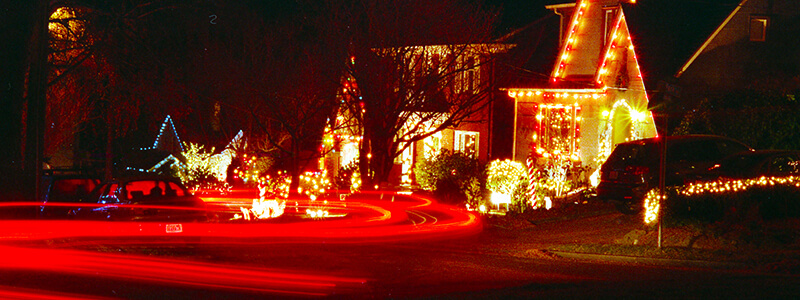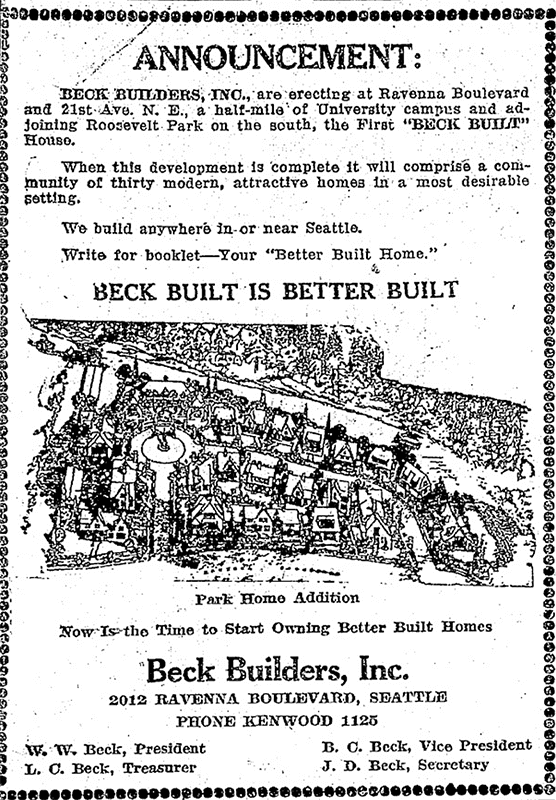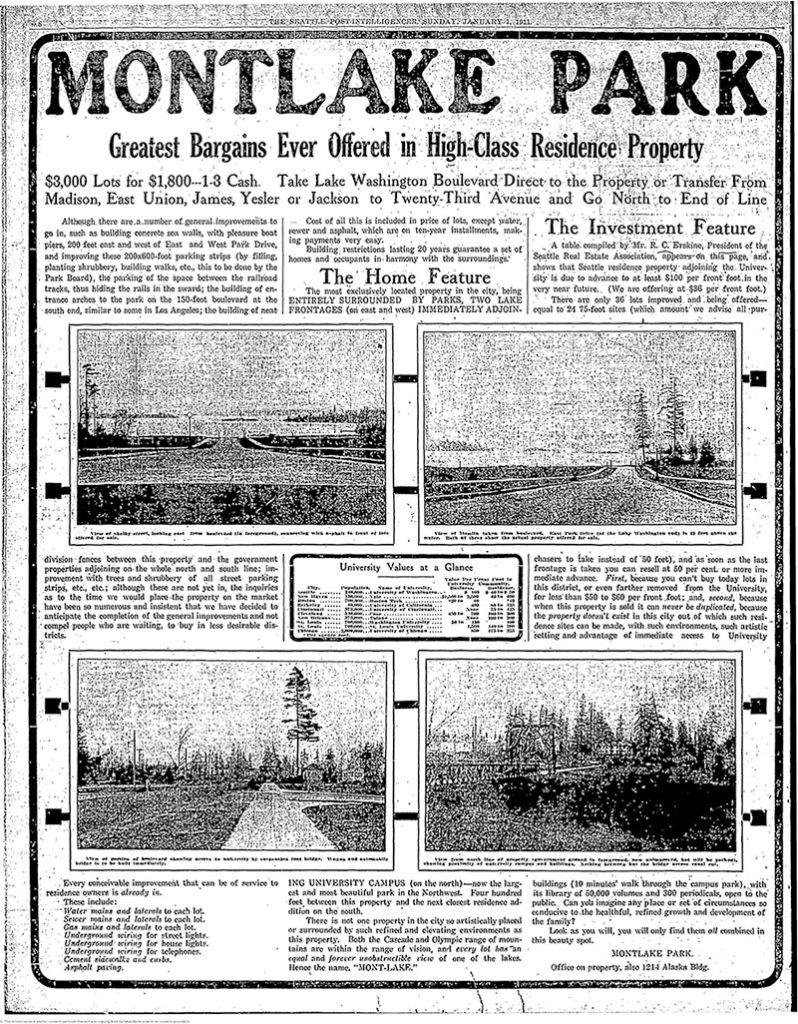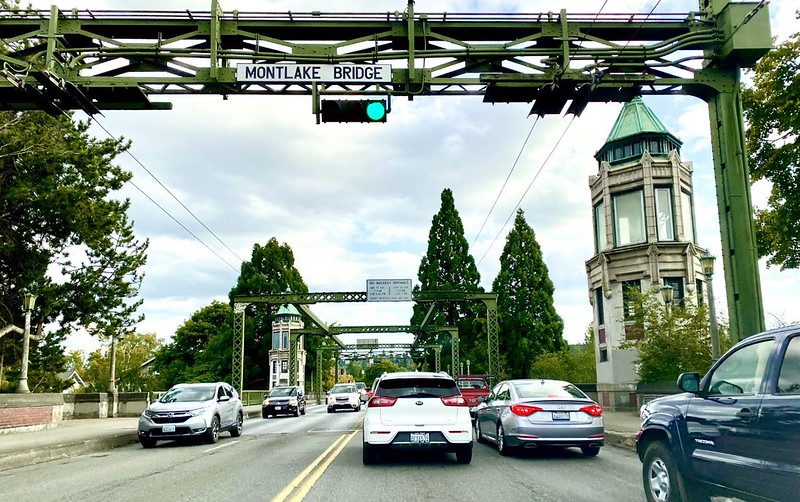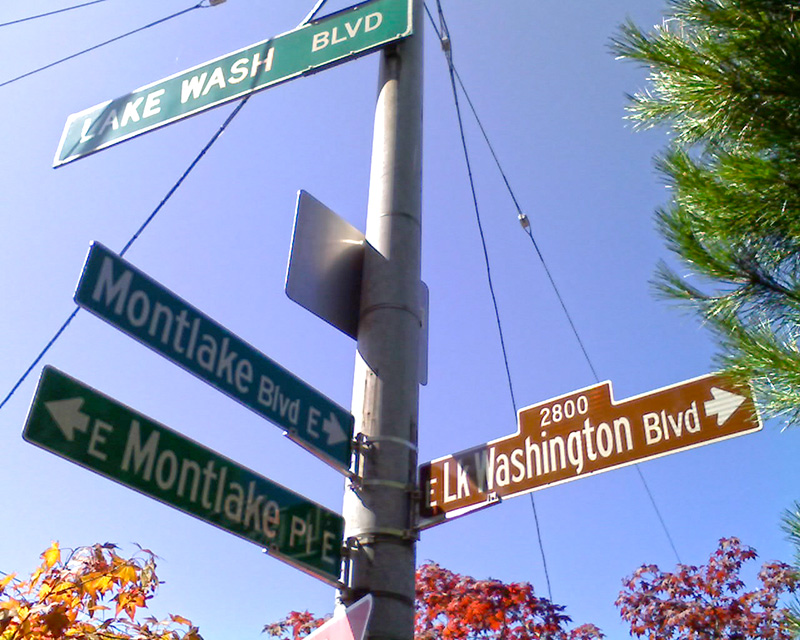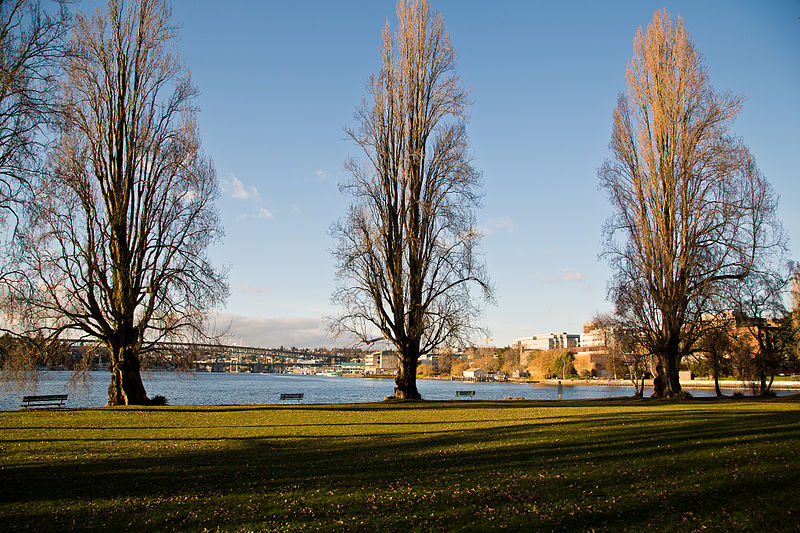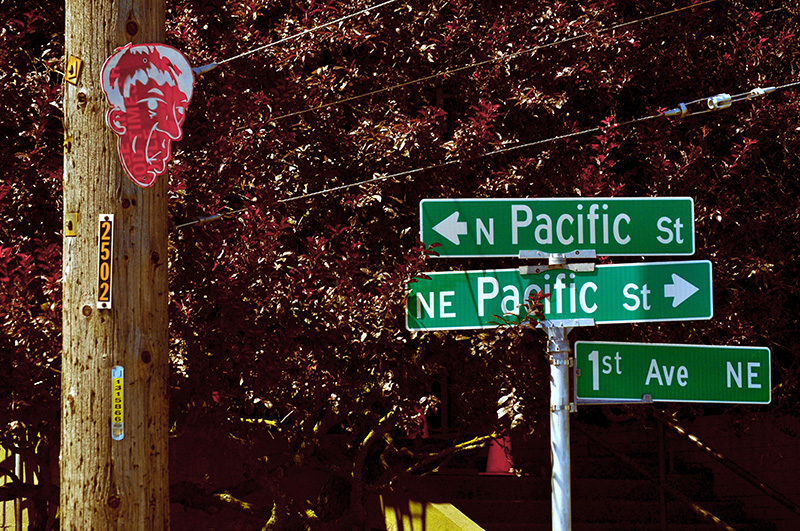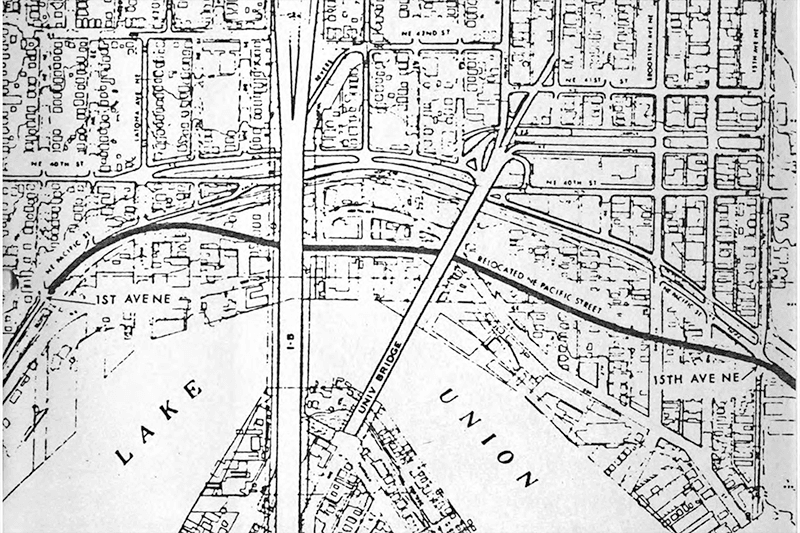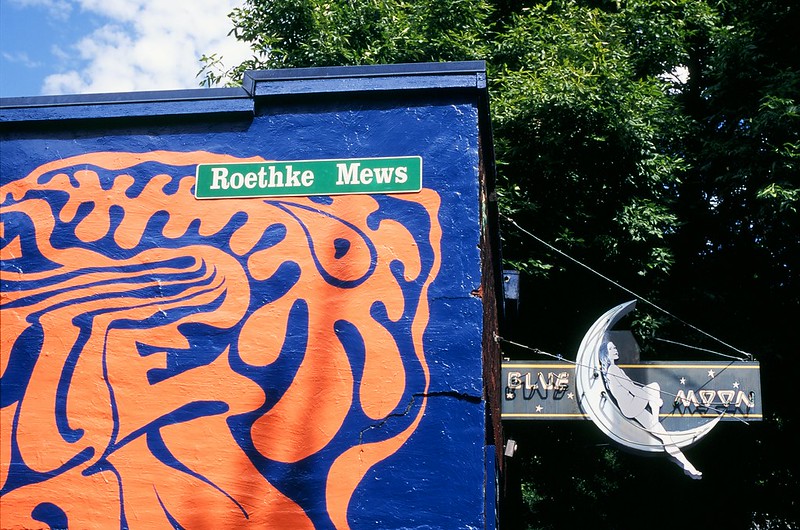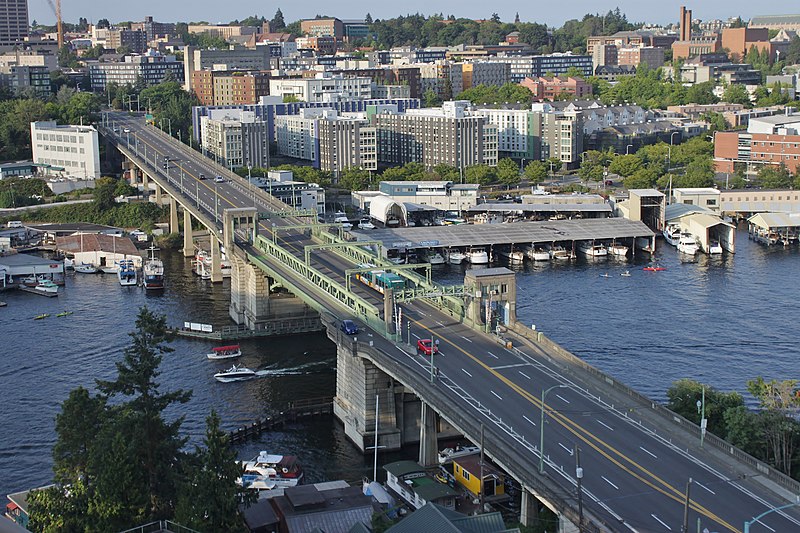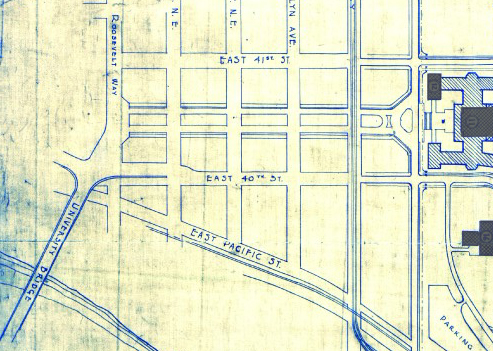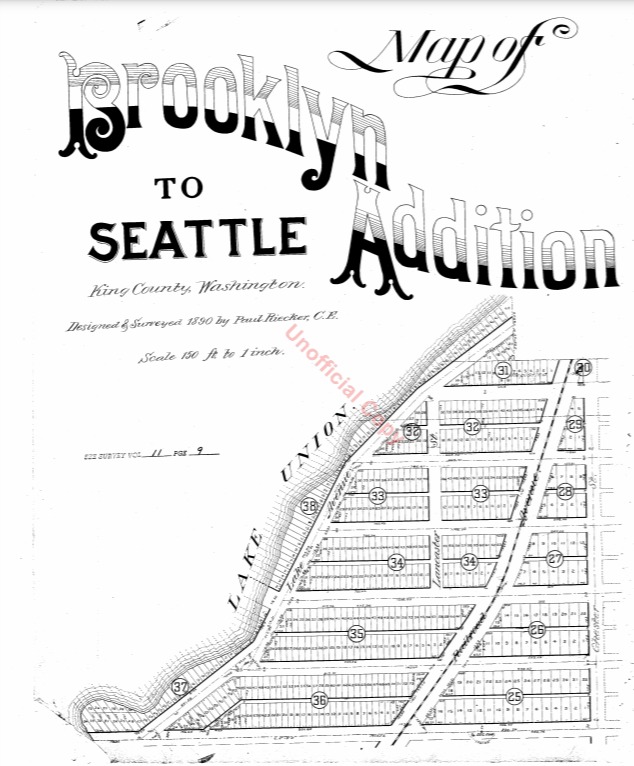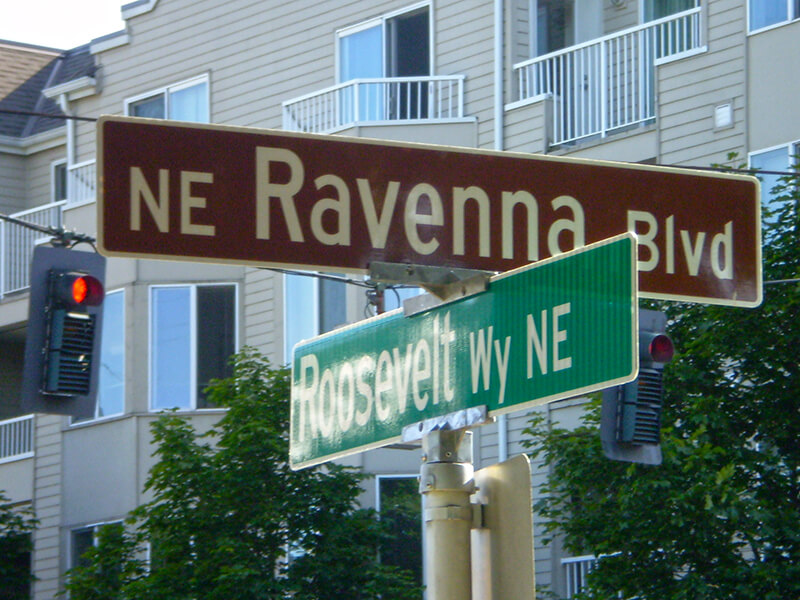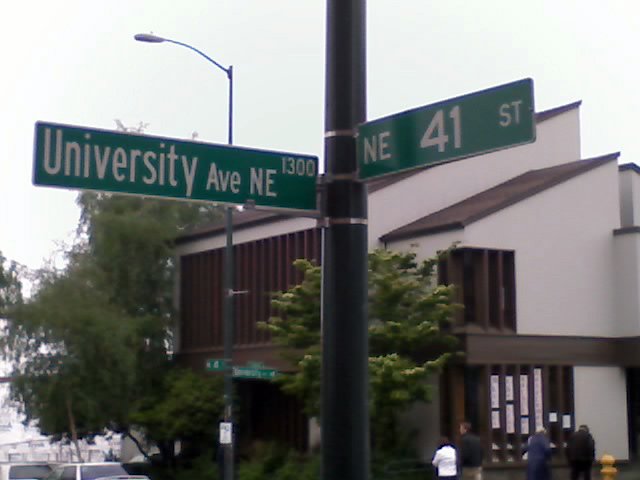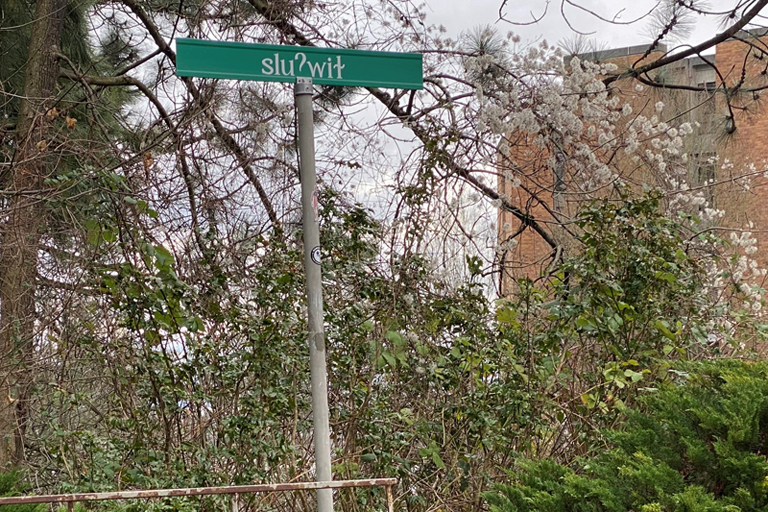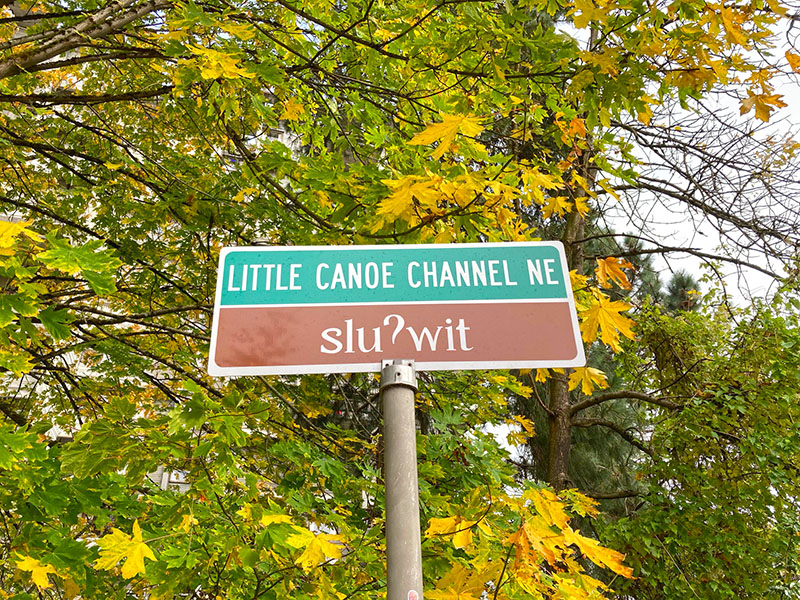This unnamed street, which was built sometime between 2002 and 2005, received a name in 2016 as part of a bill to improve emergency wayfinding, Ordinance 125106, which dealt with a number of other street name changes as well. It was named, of course, for Eastlake Avenue NE (the University Bridge), in whose right-of-way it was built. The bill summary provides details:
Name change of a lower roadway at the east of the present existing bridge on Eastlake Avenue NE between its south terminus at the shoreline and the south margin of NE Pacific Street to Eastlake Place NE: In 2010, this portion of Eastlake Avenue NE was informally renamed as Eastlake Place NE in 2010 by SDOT but it was not legally renamed by ordinance. This action will formally name the segment by ordinance. It is necessary to legally name this segment to get the name to properly present on mapping tools pulling from Street Network Database and SDOT’s asset management program, Hansen 8. Not showing the correct name is causing internal SDOT confusion. The University of Washington also needs to officially address facilities off of this segment and DPD cannot proceed until the name is changed. (Also relevant to new segment in Eastlake r/w north of Pacific; see below). SDOT sign records notes this intersection signed as Eastlake Avenue NE in 2004, however no notation prior. Per orthophotos, the Eastlake right-of-way under the University Bridge was built to its current configuration between 2002 and 2005, potentially as part of the new building construction for 905 Boat Street.
Naming a lower roadway at the east of the present existing bridge on Eastlake Ave NE between the north margin of NE Pacific Street and the south margin of NE 40th Street to Eastlake Place NE: Names this newly constructed segment Eastlake Place NE to agree with segment to the south.
Eastlake Place NE begins on the Lake Union shoreline south of NE Pacific Street and goes around 500 feet northeast to the Burke-Gilman Trail, the last 160 or so feet being a pathway.
Born and raised in Seattle, Benjamin Donguk Lukoff had his interest in local history kindled at the age of six, when his father bought him settler granddaughter Sophie Frye Bass’s Pig-Tail Days in Old Seattle at the gift shop of the Museum of History and Industry. He studied English, Russian, and linguistics at the University of Washington, and went on to earn his master’s in English linguistics from University College London. His book of rephotography, Seattle Then and Now, was published in 2010. An updated version came out in 2015.
